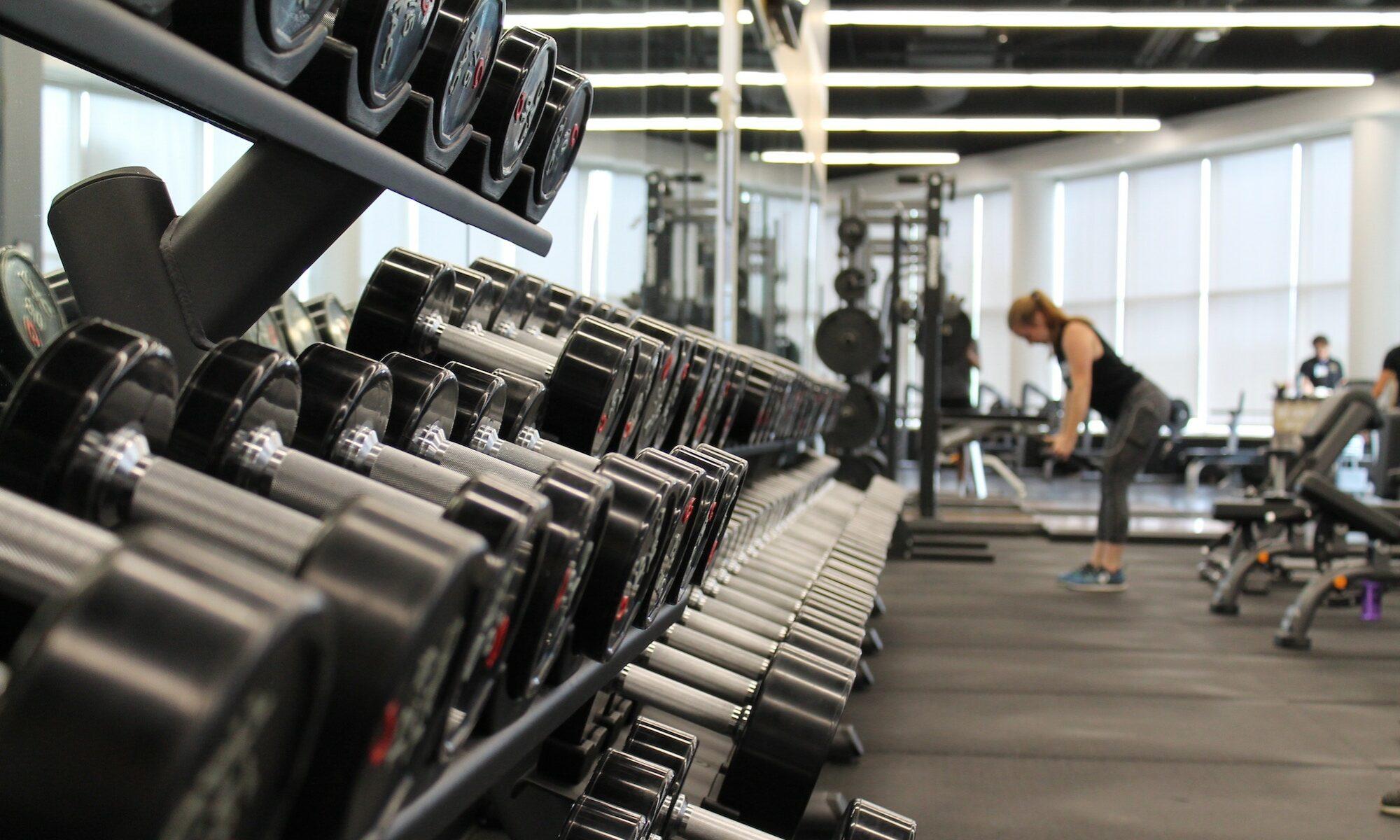As science delves deeper into the rhythms that govern our bodies, one crucial insight stands out: the timing and consistency of exercise profoundly influence heart and lung health, especially as we age. Modern research highlights that our intrinsic circadian rhythms are not mere sleep-time regulators but active participants in setting the pace for physical activity efficacy and recovery. Older adults who align their workouts consistently within certain times of the day not only boost their cardiovascular fitness but also reap enhanced lung function, amplifying quality of life against age-related decline. This exploration uncovers the compelling evidence on why ‘when’ and ‘how consistently’ we exercise matters, guiding those determined to sustain agility and vigor well into their golden years.
How Circadian Rhythms Shape Cardiopulmonary Fitness and Why Exercise Timing Matters
The circadian rhythm, often recognized for orchestrating sleep-wake cycles, finely tunes multiple physiological processes including hormone release, body temperature, and metabolism—all vital factors that affect exercise performance and recovery. Understanding this internal clock’s influence is reshaping approaches to cardio and pulmonary enhancement through strategic exercise timing. Research from the University of Florida involving older adults aged around 76 demonstrated that participants engaging in physical activity consistently at the same time daily, preferably earlier in their active period, revealed marked improvements in heart and lung health.
Cardiorespiratory fitness, defined by how effectively the heart, lungs, and muscles collaborate during exertion, is a prime indicator of longevity and reduced mortality risks. Early-day activity peaks were tied to better efficiency in walking and overall fitness outcomes, independent of total daily physical activity volume. This suggests that initiating movement earlier aligns better with circadian-regulated body functions, optimizing oxygen utilization and cardiac output.
The benefits extend beyond cardiovascular metrics. Improved walking efficiency—a crucial marker showing how economically energy is used—means increased endurance and mobility, critical for independent living as we age. Maintaining a regular schedule of movement isn’t just about discipline; it’s about tapping into the body’s natural biological rhythms to maximize health returns.
- Syncing exercise timing with circadian highs: Activities done during peak energy windows improve endurance and recovery.
- Consistency enhances physiological rhythm: Routine exercise at similar daily times regulates hormone secretion improving metabolic processes.
- Earlier activity sets the tone: Morning workouts can lead to improved blood pressure regulation and aerobic capacity.
Empowering fitness trackers like Garmin and Fitbit support this by providing insights into optimal training times based on personalized circadian data, enabling tailored workouts that harness the body’s peak performance cycles.
| Factor | Impact on Cardiopulmonary Fitness | Connection to Exercise Timing |
|---|---|---|
| Hormonal Fluctuations | Influence metabolism & recovery rates | Exercise enhances beneficial hormone release earlier in the day |
| Body Temperature | Affects muscle flexibility & cardiovascular efficiency | Peaks mid-morning to afternoon; exercising here improves performance |
| Circadian Clock Regulation | Optimizes heart rate variability & lung function | Consistent timing reinforces internal clock alignment |
The Role of Consistent Exercise Schedules in Mitigating Age-Related Cardiovascular Decline
As we step further into our 70s and beyond, the heart and lungs often show signs of natural wear, increasing susceptibility to chronic diseases. However, scientific advances underscore that adherence to consistent daily exercise, not just overall volume, significantly curbs this decline.
Regularly timed workouts enhance cardiovascular endurance and lung capacity by fostering vascular health, reducing arterial stiffness, and improving pulmonary efficiency. These physiological adaptations lower risks for conditions such as hypertension, COPD, and heart failure, pivotal in preserving independence and quality of life.
Experts emphasize that variability in exercise timing can disrupt circadian synchronization, unsettling hormonal balances critical for cardiovascular repair processes. For this reason, repeating physical activity at predictable times daily acts as a powerful cue for the body’s internal clock, promoting seamless cardiovascular function.
- Reduces arterial stiffness: Predictable exercise triggers anti-inflammatory responses that maintain vessel elasticity.
- Enhances lung ventilation efficiency: Routine activity at stable times improves oxygen exchange and respiratory muscle endurance.
- Optimizes recovery: Hormonal balance achieved through consistent timing accelerates repair of cardiovascular tissue.
Incorporating high-quality apparel and equipment from brands like Nike, Adidas, and Reebok can also enhance comfort and performance, allowing seniors to sustain motivation and consistency effortlessly in their fitness routines. Digital planners such as MyFitnessPal and Peloton further support adherence by scheduling workouts and tracking progress aligned to an individual’s peak hours.
| Health Parameter | Effect of Consistency | Impact on Aging |
|---|---|---|
| Blood Pressure Regulation | Improves with regular timed exercise | Lowers risk of cardiovascular events |
| VO2 Max (Maximum Oxygen Uptake) | Maintained or improved with sustained consistency | Enhances stamina and functional capacity |
| Heart Rate Variability | Increased through routine exercise times | Indicator of better autonomic nervous system balance |
For seniors aiming to mitigate cardiovascular decline, weaving consistency into their exercise pattern is not a luxury but a health imperative that supports longevity and vitality.
Strategies to Incorporate Ideal Exercise Timing and Consistency into Daily Life
Adopting habitual exercise timing requires a practical plan tailored to personal lifestyle and circadian preferences. For many, morning exercise aligns well with elevated alertness and body temperature, but afternoon or evening workouts may fit better for others depending on their chronotype. Brands like Under Armour and The North Face offer versatile gear suitable for different times of day and varying weather conditions, helping sustain commitment throughout seasons.
Here are effective strategies to optimize exercise timing and regularity for heart and lung health preservation:
- Identify your natural energy peaks: Use wearable tech such as Fitbit or Garmin devices to track activity and rest cycles.
- Set a consistent workout time: Aim to perform physical activity at the same period daily to train your body’s clock.
- Plan for variety without compromising schedule: Incorporate a mix of cardio, strength, and mobility exercises while maintaining timing consistency.
- Leverage motivational platforms: Digital communities on Peloton or app-based schedules via MyFitnessPal encourage accountability.
- Prepare in advance: Outfit yourself with comfortable, weather-appropriate gear from trusted fitness brands to remove barriers.
Integrating compound exercises, known for maximizing calorie burn and efficiency, into consistent routines can yield superior cardiopulmonary benefits. For example, combining squats, lunges, and push-ups allows the lungs and heart to work efficiently while engaging multiple muscle groups, fueling endurance.
| Strategy | Benefit | Implementation Tips |
|---|---|---|
| Wearable Monitoring | Personalized timing insights | Review daily activity reports to adjust workout timing |
| Regular Scheduling | Circadian alignment & habit formation | Set reminders via smartphones or apps like MyFitnessPal |
| Varied Exercise Modes | Improved overall fitness | Alternate cardio, strength, mobility focusing on timing consistency |
| Community Engagement | Enhanced motivation | Join Peloton live classes or local walking groups |
| Appropriate Gear | Exercise comfort & safety | Use season-appropriate apparel from Nike or The North Face |
Adherence to these techniques can significantly improve the likelihood of sustaining heart and lung health into your late decades.
Unraveling the Physiological Mechanisms Behind Exercise Timing and Cardiopulmonary Health
The revelation that exercise timing impacts heart and lung function is rooted in complex physiological mechanisms. At the molecular level, circadian genes regulate cardiovascular and pulmonary rhythms, controlling vascular tone, inflammatory responses, and metabolic pathways.
Physical activity done earlier in the day synergizes with the natural cortisol peak, improving energy metabolism and enhancing endothelial function—this helps blood vessels dilate efficiently, reducing cardiac workload. Lung tissues show rhythmic expression of antioxidant enzymes, which protect against oxidative stress heightened during exertion. Timely exercise ensures these protective systems are active, decreasing damage potential.
Moreover, synchrony between muscle mitochondrial function and the circadian clock ensures optimal ATP production required for prolonged exercise, translating into better stamina and recovery. When exercising at varying times inconsistently, this harmony breaks down, potentially increasing fatigue and injury risk.
- Circadian gene regulation: Directs timing of vascular and respiratory function peaks.
- Hormonal interaction: Morning cortisol and adrenaline peaks optimize exercise efficiency.
- Metabolic synchronization: Enhanced muscle mitochondrial function aligned with exercise timing.
- Antioxidant enzyme activity: Protective mechanisms heightened during circadian-active phases.
| Physiological Element | Function | Effect of Timed Exercise |
|---|---|---|
| Endothelial Cells | Regulate blood vessel dilation | Improved dilation and blood flow with early exercise |
| Muscle Mitochondria | Energy production | Optimized ATP synthesis with consistent timing |
| Cortisol Levels | Stress hormone influencing metabolism | Exercise during morning peaks boosts metabolic efficiency |
| Antioxidant Enzymes | Protect lung tissues | Expressed rhythmically to guard against oxidative damage |
Recognizing these mechanisms is crucial for designing personalized exercise prescriptions that maximize heart and lung health outcomes. This approach is gaining traction with cardiovascular specialists who increasingly recommend timing-conscious aerobic and resistance training routines as part of comprehensive wellness plans.
The Future of Personalized Fitness: Technology and Research Advancements Supporting Optimized Exercise Timing for Aging Hearts and Lungs
Emerging technologies and ongoing studies continue to unlock the potential of exercise timing aimed at boosting cardiopulmonary health in aging populations. Wearables from Garmin and Fitbit integrate multisensor data to fine-tune suggestions for optimal workout windows based on heart rate variability, sleep quality, and activity patterns.
Furthermore, medical research explores how personalized circadian-based exercise prescriptions can be tailored to individuals with chronic conditions like hypertension, diabetes, and early-stage COPD, refining traditional fitness advice into precision health interventions.
Fitness warriors embracing this new era can also harness the power of brands like LifeAID for hydration and recovery supplementation, aligning their nutritional practices with exercise timing for holistic benefit. Platforms such as MyFitnessPal enable detailed logging and analysis, ensuring compliance and progress visualization.
- Wearable data integration: Customizes exercise timing based on physiological responses.
- Chronic disease management: Timing routines designed to minimize symptoms and improve function.
- Nutrition and supplementation synergy: Coordinating meal and supplement timings to enhance recovery.
- Community and virtual coaching: Platforms like Peloton foster adherence through group accountability.
Within clinical settings, researchers continue to investigate the longitudinal impact of consistent, timed exercise on cognitive function, pain management, and overall mental health in seniors, revealing a multi-dimensional spectrum of benefits. These promising advances suggest that the future of fitness is not only about ‘how much’ or ‘what’ but strategically ‘when’ to move.
| Technology/Research Focus | Benefit for Aging Cardiopulmonary Health | Implementation Examples |
|---|---|---|
| Smart Wearables (Garmin, Fitbit) | Real-time monitoring & personalized timing alerts | Adaptive workout schedules and recovery tracking |
| Virtual Platforms (Peloton, MyFitnessPal) | Motivation, progress tracking, community support | Scheduled group classes, personalized coaching |
| Nutrition Supplements (LifeAID) | Enhanced recovery and hydration aligned with exercise | Timed intake based on exercise sessions |
| Clinical Trials on Circadian Exercise | Evidence-based guidelines for optimal timing | Individualized prescriptions for chronic disease patients |


